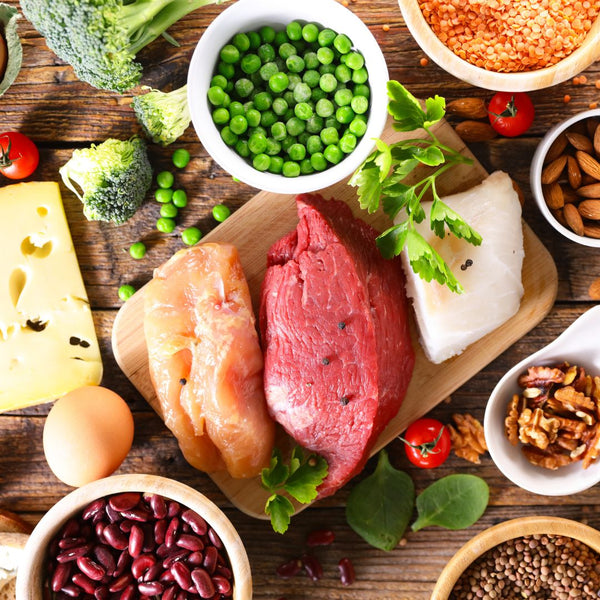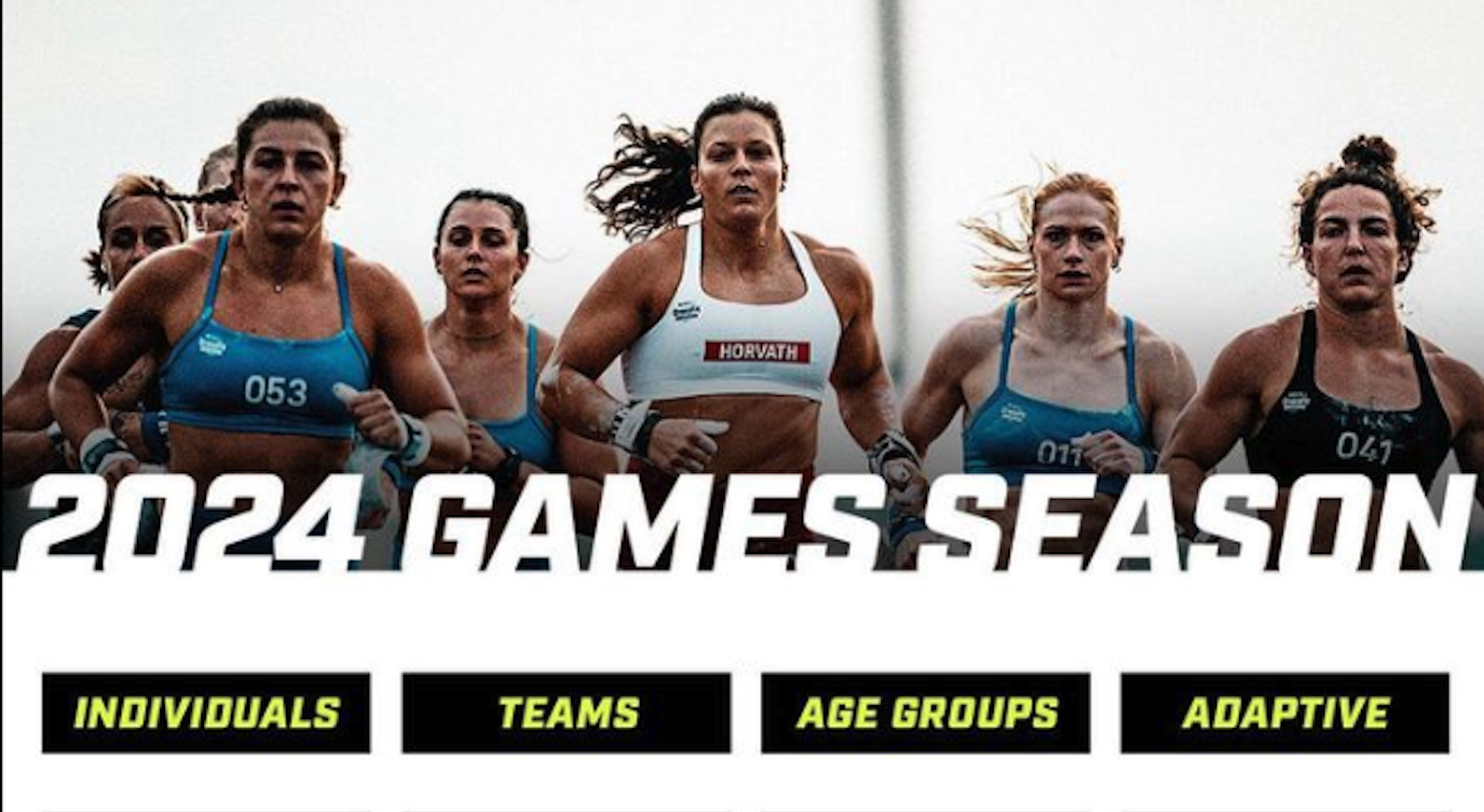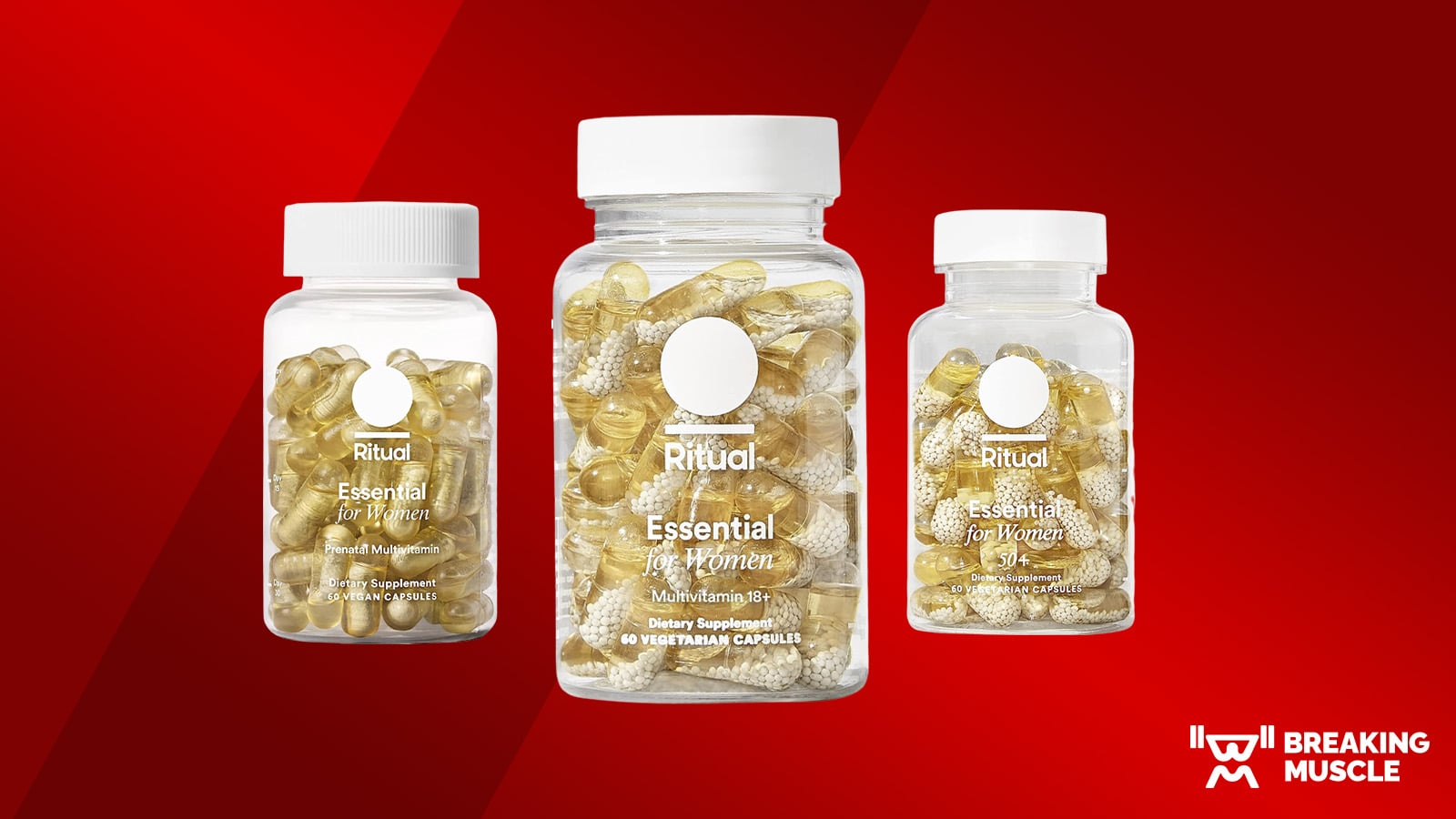Everyone’s wanted to lose fat lately and has a diet to follow. One of the newest diets to gain momentum is the 90/30/50 diet. The 90/30/50 diet is an incredibly simple diet built by a dietician on TikTok and meant to act as a simple guideline for your diet. Instead of saying what to eat, it tells you to eat at least 90g, 30g, and 50 grams of three specific nutrients. This article will explain exactly what the nutrients are and what you must do to follow this diet – and if you even should! Here’s an easy 90/30/50 diet guide!
What is the 90/30/50 Diet Plan?
If you’re tired of hearing about all the complicated and restrictive diets on the market, the 90/30/50 diet might be for you. So what is it? The 90/30/50 diet simply tells you to eat at least these quantities of 3 nutrients:
- 90 grams of protein
- 30 grams of fiber
- 50 grams of healthy fats
That’s it. There are no other strict rules for the diet.
While you may come across suggestions like ‘you can eat more’ (in terms of protein or fiber) or ‘focus on whole foods,’ the three guidelines of the 90/30/50 diet are all that matter. This provides a straightforward guide for you to follow, which could be a welcome change from more complex diets.
It should be understood that the 90/30/50 diet did not come from any sort of science laboratory but rather from the infamous app TikTok. It was first developed by a dietician named Courtney Kassis. We tried to look into this more, but it seems she just came up with the idea and started spreading the “diet.”
This doesn’t mean there’s no reason for these numbers. In fact, the diet’s general ideas are very much grounded in science and provide several benefits that will help you in your weight loss journey.
What Should You Eat On The 90/30/50 Diet?
From what we could find, the guidelines for the 90/30/50 diet begin and end with the suggested nutrient intake. The original dietician, Courtney Kasiss, does have some TikTok videos of her “full day” of eating, but other than that, there don’t seem to be a whole lot of specific guidelines.
With that said, here are some excellent sources for each of the three nutrients.
90 Grams Of Protein
- Chicken breast
- Salmon
- Deli Meat
- Eggs
30 Grams Of Fiber
- Leafy Greens
- Legumes
- Fruit
- Whole Grains
50 Grams Of Healthy Fats
- Salmon
- Eggs
- Avocado
- Nuts/Legumes
- Flax Seeds
- Chia Seeds
Sample 90/30/50 Diet Plan
The 90/30/50 diet is easily adjustable based on the types of food you like to eat and your schedule. We wanted to give you a sample day of how you could follow the diet.
Breakfast: Oatmeal Bowl
- 1 cup cooked oats
- 1 tablespoon chia seeds
- ½ cup blueberries
- 1 tablespoon almond butter
Nutriton Facts: Protein 10g, Fiber 10g, Fat 10g
Lunch: Grilled Chicken Salad
- 4 ounces grilled chicken breast
- 2 cups mixed greens (spinach, kale, arugula)
- ½ cup chickpeas
- 1 small avocado, diced
- 2 tablespoons olive oil and lemon juice dressing
Nutriton Facts: Protein 40g, Fiber 12g, Fat 24g
Snack: Greek Yogurt Parfait
- 1 cup Greek yogurt
- 1 tablespoon flaxseeds
- ½ cup sliced strawberries
Nutriton Facts: Protein 20g, Fiber 8g, Fat 5g
Dinner: Baked Salmon with Quinoa and Vegetables
- 4 ounces baked salmon
- 1 cup cooked quinoa
- 1 cup steamed broccoli
- 1 tablespoon olive oil for drizzling
Nutriton Facts: Protein 30g, Fiber 6g, Fat 11g
Nutrition Totals for the Day: Protein 100g | Fiber 36g | Fat 50g

4 Benefits Of The 90/30/50 Diet
Even though the 90/30/50 diet is pretty simple, concentrating on hitting those 3 numbers can have drastic effects on the body, especially when combined with the average Western diet. Here are some of the reasons you may want to try this out.
1. Decrease Hunger
The main reasoning behind this is twofold. For one, increasing protein and fiber will help mitigate hunger and keep people feeling fuller longer. Both of these have long been known to be effective tools in any weight loss diet.
It’s important to note that doing either of these independently will have a positive effect. If you’re a long-time reader of SET FOR SET, you know we highly encourage a high-protein diet for those dropping pounds!¹ By doing both at the same time, you’ll feel full. If you ask us, when we’re losing weight, we’d rather not be hungry all the time!
2. Increase Thermogenesis
A cool little thing happens when you eat food called the thermal effect of food or TEF. TEF is the amount of calories your body needs to consume a food, digest it, transport and absorb the nutrients, and dispel the waste. It’s kind of like “free calories.”
Now, not all nutrients have the same effect. The following values are for the TEF of the three major nutrients:
- Protein: 20-30{08333bab68e0686bc73f751d713fa62282d5f4fe4cc6001c554e5bb20454a8c9}
- Fat: 1-3{08333bab68e0686bc73f751d713fa62282d5f4fe4cc6001c554e5bb20454a8c9}
- Carbs: 10{08333bab68e0686bc73f751d713fa62282d5f4fe4cc6001c554e5bb20454a8c9}
As you can see, protein has a significantly larger TEF than carbs or fat. This means that getting a higher proportion of your calories from protein will result in more caloric burn.
3. Replace Unhealthy With Healthy Foods
Saying you should eat 50 grams of healthy fats seems simple but will significantly impact a person’s diet. The emphasis on eating 50 grams of “healthy fats” will replace the consumption of “unhealthy fats.” Therefore, having a person eat more healthy fats automatically means they’re not going to eat so many unhealthy fats.
We’re not sure if this was one of the reasons behind it, but this works using psychology. Instead of saying, “You can’t eat this, or this, or that,” it says, “Eat this, and this, and that.” This is a common error in the field of nutrition, where someone might say, “Don’t eat trans fats,” but provide no follow-up.
Further, not only does this improve your fat intake, but it also improves the overall quality of your food. Foods with unhealthy fats include fried foods and ultra-processed foods. For example, you may opt to eat an avocado instead of French fries.
By “eat healthy fats,” it also means “don’t eat heavily processed or fried foods.” By limiting your consumption of heavily processed and fried foods, you’ll only be able to eat 50 grams of healthy fats daily.
4. Simple To Follow
We mentioned this above but want to reiterate this as it’s very important. Everyone has had that experience when they’re motivated to lose weight and ready to go. They get ready to follow their diet only to be overwhelmed with a list of rules. It can be so overwhelming that it’s not uncommon for some people to give up before they even begin.
The 90/30/50 diet doesn’t do this. You just focus on these rules, and everything else falls in place. Theoretically.
2 Issues With The 90/30/50 Diet
Even though the diet is making waves on TikTok, we’re not entirely convinced it’s an amazing breakthrough. Here’s why:
1. Not Personalized
Randomly telling people to eat 90 grams of protein, 30 grams of fiber, and 50 grams of healthy fats is too simplistic. This is primarily because we don’t prescribe nutrients in absolute amounts but rather based on a person’s size.
This is saying that a 100lb woman and a 200lb man should eat the same amount of protein when, in reality, the man should be eating twice as much. This is why we usually prescribe a nutrient based on body weight, such as 2.0g/kg.
While we could say that it’s just a “guideline,” you could easily say something like “1.4g of protein per kilogram of body weight” instead of “at least 90 grams.
2. Low On Protein
While a high-protein diet is 100{08333bab68e0686bc73f751d713fa62282d5f4fe4cc6001c554e5bb20454a8c9} a good idea when wanting to lose weight, 90g isn’t actually very high, at least for many people.
Your protein should be high to increase fat loss. Multiple studies have shown this to be an effective diet to improve body composition. The problem comes when describing what “high” means. You can find different numbers, but we believe you should eat at least 1.4g/kg (.6-.7g/lb).²
However, you can easily find higher numbers of 2.0g/kg or 1g per lb. of body weight, and this is what we generally recommend.
Regardless, if we took the 1.4g/kg (.6-.7g/lb) number, 90g is only suitable for a person weighing 135-145lbs. Anyone bigger would be eating a lower amount of protein when compared to their total calories. To get the benefits of protein, you need the percentage of your total calories to be higher.
But again, this is the problem with just giving a blanket number rather than prescribing a ratio.
Related: How Much Protein Per Day To Build Muscle?
Is The 90/30/50 Diet Good?
The 90/30/50 diet does present good guidelines and concepts:
- Increase protein intake
- Increase fiber
- Increase healthy fats
However, it’s way too simplistic to fit everyone’s needs simply because people have different body sizes.
Now, the general idea is sound: Increase protein intake, fiber intake, and healthy fat intake. If giving people a specific target to hit improves their diet, then that’s awesome. Sometimes, people need this, so if it works for them, that’s great.
This isn’t so much of a diet as it is a general recommendation. In fact, you can find these recommendations in numerous diets. The only difference is that other diets don’t give specific numbers, as they usually use a number relative to the body weight or total calories (i.e., 30{08333bab68e0686bc73f751d713fa62282d5f4fe4cc6001c554e5bb20454a8c9} of your calories from fat).
But that’s not it! If we look at the rest of her content at TikTok, Courtney Kasiss provides other videos that provide examples of meals that look good and healthy—she has one with a pepper cut in half, acting like bread with cream cheese and deli meat inside. We might try that!
Further, we think it’s a good option for beginners due to its simplicity. Many diets can be overwhelming for newcomers due to all the rules. The 90/30/50 diet gives simple guidelines to get you started. After a while, we imagine you could learn more about what you like and what you need personally. At that time, you could build on it and make the tweaks you need.
On A Side Note
On a side note, we found something very interesting when researching this diet. There was a surprising amount of articles with completely wrong information. Basically, these articles said that 90/30/50 referred to the 3 macronutrients. They suggest you need to eat a diet consisting of the following;
- 90{08333bab68e0686bc73f751d713fa62282d5f4fe4cc6001c554e5bb20454a8c9} Carbs
- 30{08333bab68e0686bc73f751d713fa62282d5f4fe4cc6001c554e5bb20454a8c9} Protein
- 50{08333bab68e0686bc73f751d713fa62282d5f4fe4cc6001c554e5bb20454a8c9} Fat
So, it doesn’t take a nutritionist or math scientist to see that’s impossible. We thought it was funny, but it points to a larger issue in the world of nutrition with wrong information and website mills.
We’re not sure if these are just AI sites or what, but this is a clear example of how you can’t trust everything you see on a fitness and nutrition site.
Check out our full collection of diet guides!
References
- Morell, P., and S. Fiszman. “Revisiting the Role of Protein-Induced Satiation and Satiety.” Food Hydrocolloids, vol. 68, no. 68, July 2017, pp. 199–210, https://doi.org/10.1016/j.foodhyd.2016.08.003.
-
Campbell, Bill, et al. “International Society of Sports Nutrition Position Stand: Protein and Exercise.” Journal of the International Society of Sports Nutrition, vol. 4, no. 1, 2007, p. 8, www.ncbi.nlm.nih.gov/pmc/articles/PMC2117006/, https://doi.org/10.1186/1550-2783-4-8.



